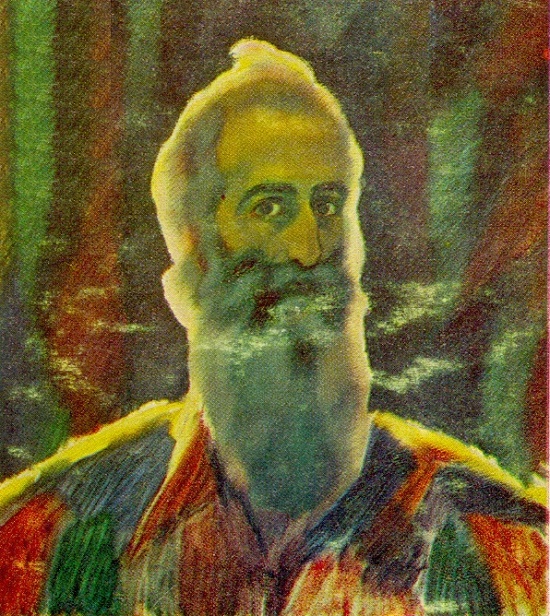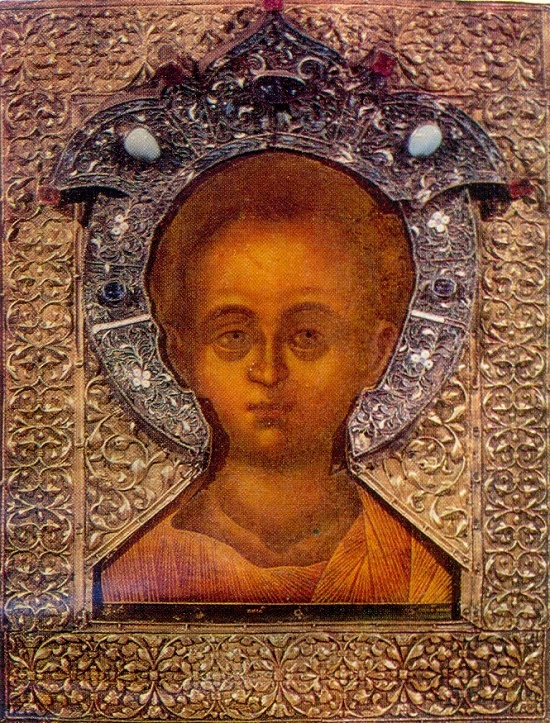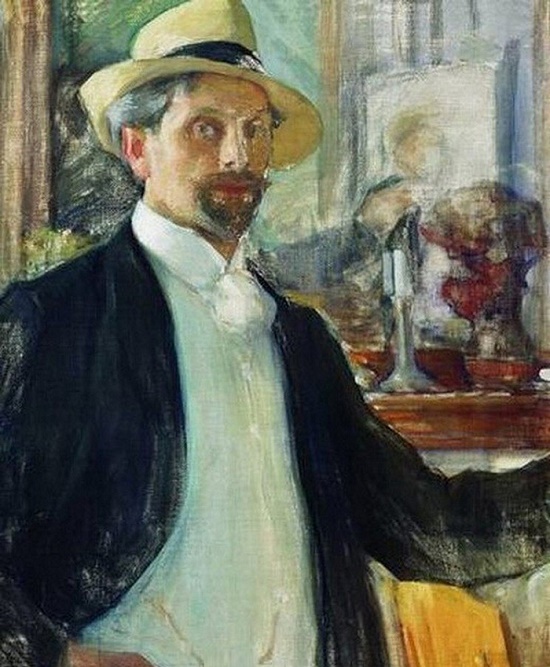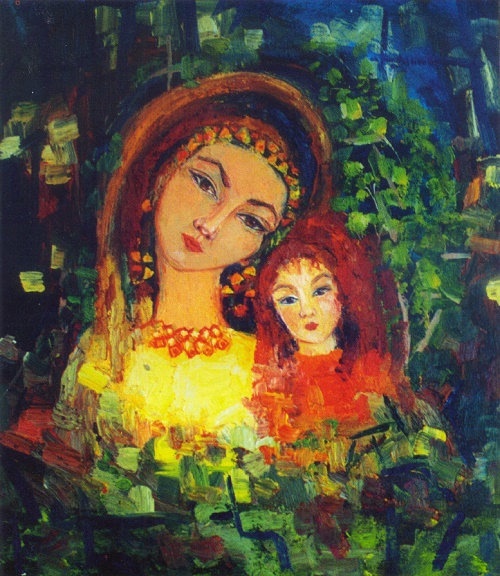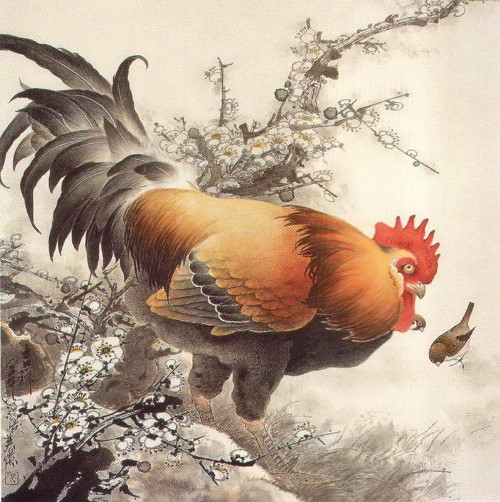Painting by Chinese artist Xu Beihong 1895-1953

Portrait of Rabindranath Tagore. 1940. Colored ink, mineral paints. Painting by Chinese artist Xu Beihong (1895-1953)
Painting by Chinese artist Xu Beihong
The remarkable life and work of Xu Beihong (19 July 1895 – 26 September 1953) are well known in the homeland of the artist and beyond. Unlike many of his predecessors and even his contemporaries, he influenced not only the development of any of the genres of painting, but also the fate of Chinese art in general. His rebellious seeking spirit, embodied in unique artistic images, still attracts us with his unbridled, overwhelming energy.
Unfortunately, Xu Beihong lived a short life, however, it was bright and eventful. Born in the era of turbulent political upheavals and explosions experienced by his homeland, he became not only a witness, but also an active participant in its revolutionary events and political transformations.
Born in 1895 in a village in Yixing County, Jiangsu Province, his first teacher was his father Xu Dazhang, a teacher of drawing in a village school, an engraver and a poet. A subtle connoisseur of ancient Chinese literature and painting, who himself worked in the classical manner of “guohua”, he instilled in his son a love of art, and revealed to him the richness and originality of China’s ancient culture. A dreamy and impressionable youth set out to follow in the footsteps of his father. Years of childhood spent in close collaboration with nature, largely contributed to the formation of the personality of Xu Beihong.
More »
